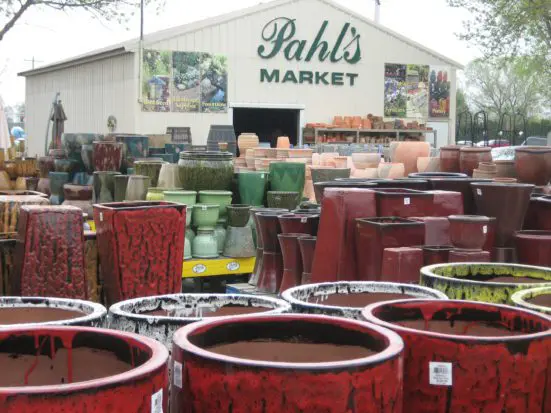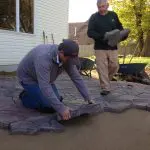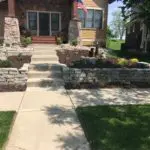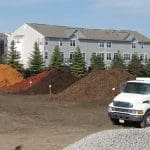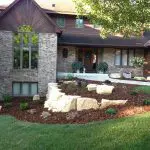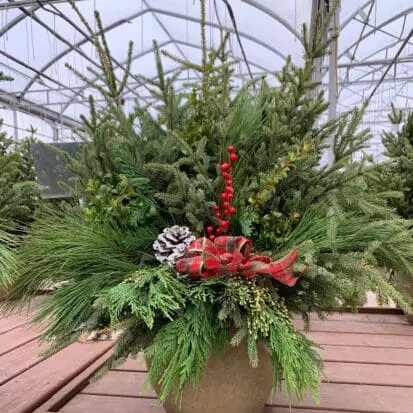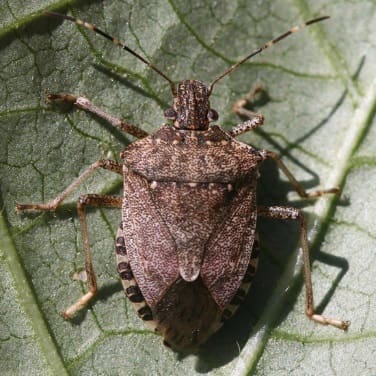Named for the unpleasant odor that is released when they are squashed, brown marmorated stink bugs first arrived in Allentown, Pa., in the mid-1990s and have since spread from Pennsylvania to other states. During this time, this insect has not only continued to expand its range, but it also has reproduced to create increasingly larger populations each year. In gardens, the BMSB can damage plants such as roses, fruits, vegetables, ornamental plants and trees, but the most concern that homeowners have about this insect comes when it invades their home in the late summer and fall. Typically, the insects fly onto the exterior of homes and businesses when the weather starts to cool around mid- to late-September or early October. Once active, these dime-sized pests begin to seek cracks and crevices to enter buildings to overwinter. Common entry points for these smelly pests include small cracks and crevices around air conditioning units, chimneys, attic vents, door and window frames, and gaps or holes in the foundation. Replacing screens, installing weather stripping and door sweeps, and using caulk to seal any cracks around the building can help keep these pests out. While exclusion is the best preventive step that homeowners can take, careful application of insecticides containing Pyrethroid chemistry can help control large populations outside windows and doors before the insects enter the home. Recently these Bonide Products were approved for use on the Brown Marmorated Stinkbug, both for indoor use and outdoor use. Look for the“Stinkbug” Label on many Bonide products for indoor and outdoor control of Brown Marmorated Stinkbugs as well as other home invading insects.
Stinkbug Facts:
- First sighted in Allentown PA in September 2001 – Now present in most other East Coast states
- They have a “shield” like shape and reach approximately 17mm in length as adults.
- Alternating dark and light bands on the antennae
- Alternating dark and light banding on the exposed side edges of the abdomen
- Adults seek shelter in cracks and crevices around windows and doors when the weather starts to cool in late summer or early fall
- BMSB do not reproduce indoors, but will emerge and fly around inside especially at night when attracted to lamps & lights
- When disturbed or crushed the insect emits a strong and unpleasant odor which can disrupt indoor activities and cause allergic reactions
- Don’t use outdoor insect controls indoors. Use only controls listed specifically for indoor use
- Best Way to Get Rid of Stink Bugs in Your Home – Prevent them from getting inside



